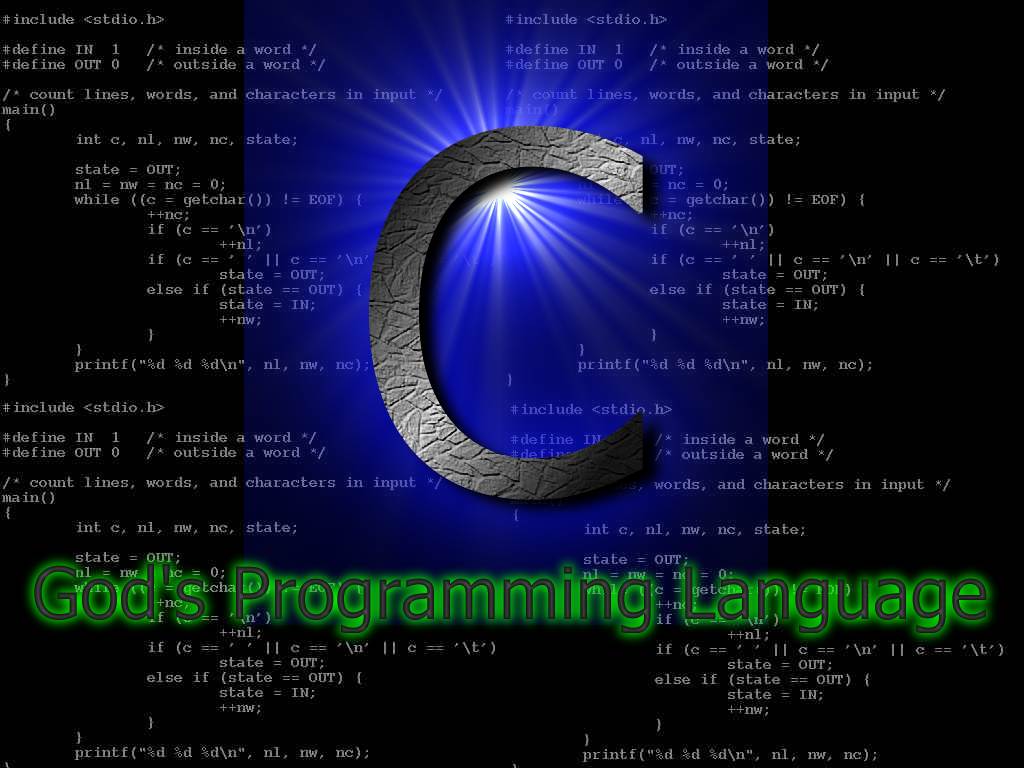C11 (C1X) is an informal name for the current standard for the C programming language. It replaces the previous C standard, informally known as C99. This new version mainly standardizes features that have already been supported by common contemporary compilers, and includes a detailed memory model to better support multiple threads of execution. Due to delay availability of conforming C99 implementations, C11 makes more features optional, to make it easier to comply with the core language standard.
The final draft was published in April 2011. The new standard passed its final draft review on October 10, 2011 and was officially ratified by ISO and published as ISO/IEC 9899:2011 on December 8, 2011, with no comments requiring resolution from participating national bodies.
GCC version 4.6 has added initial support for some features from the C11 draft.
Changes from c99

The final draft was published in April 2011. The new standard passed its final draft review on October 10, 2011 and was officially ratified by ISO and published as ISO/IEC 9899:2011 on December 8, 2011, with no comments requiring resolution from participating national bodies.
GCC version 4.6 has added initial support for some features from the C11 draft.
Changes from c99
- Alignment specification
- The _Noreturn function specifier
- Type-generic expressions using the _Generic keyword. For example, the following macro cbrt(x) translates to cbrtl(x), cbrt(x) or cbrtf(x) depending on the type of x .
- Multithreading support (_Thread_local storage-class specifier, <threads.h> header including thread creation/management functions, mutex, condition variable and thread-specific storagefunctionality, as well as the _Atomic type qualifier and <stdatomic.h> for uninterruptible object access).
- Improved Unicode support based on the C Unicode Technical Report ISO/IEC TR 19769:2004 (char16_t and char32_t types for storing UTF-16/UTF-32 encoded data, including conversion functions in <uchar.h> and the corresponding u and U string literal prefixes, as well as the u8 prefix for UTF-8 encoded literals).
- Removal of the gets function, deprecated in the current C language standard revision, ISO/IEC 9899:1999/Cor.3:2007(E), in favor of a new safe alternative, gets_s.
- Bounds-checking interfaces .
- More macros for querying the characteristics of floating point types, concerning subnormal floating point numbers and the number of decimal digits the type is able to store.
- Anonymous structures and unions, useful when unions and structures are nested, e.g. in struct T { int tag; union { float x; int n; }; };.
- Static assertions, which are evaluated during translation at a later phase than #if and #error, when types are understood by the translator.
- An exclusive create-and-open mode ("…x") for fopen. This behaves like O_CREAT|O_EXCL in POSIX, which is commonly used for lock files.
- The quick_exit function as a third way to terminate a program, intended to do at least minimal deinitialization if termination with exit fails.
- Macros for the construction of complex values (partly because real + imaginary*I might not yield the expected value if imaginary is infinite or NaN)


No comments:
Post a Comment